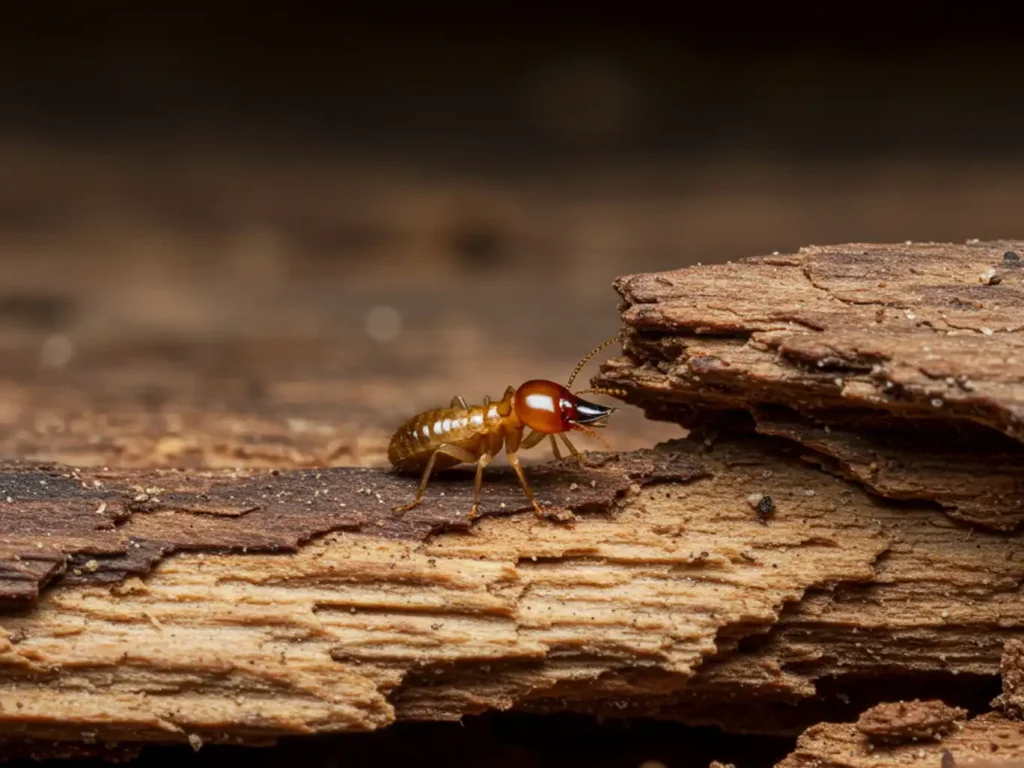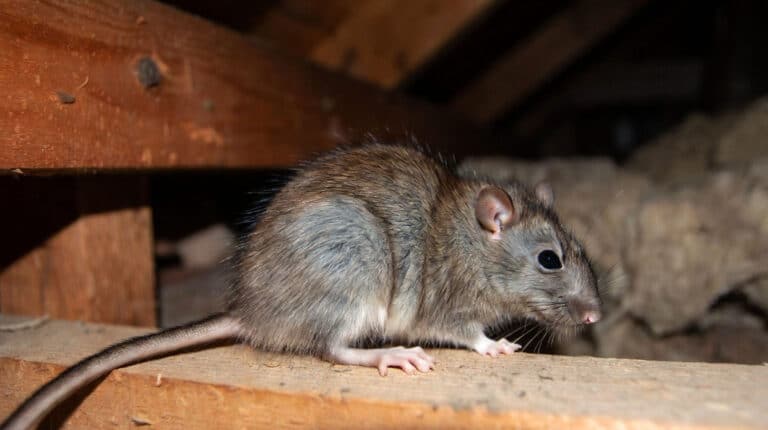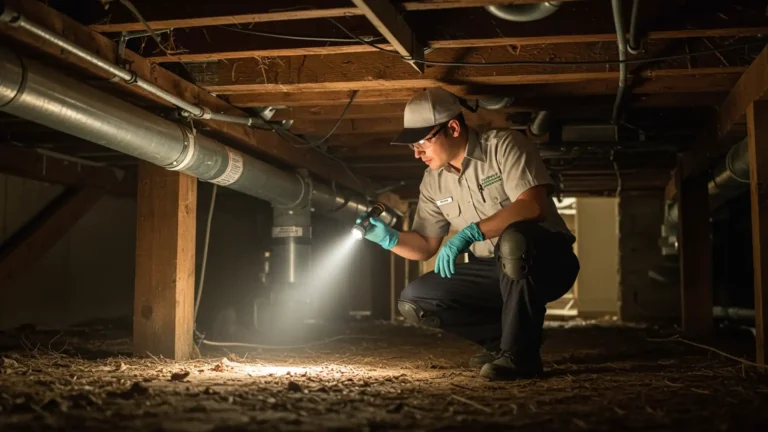The Truth About Termites in California: Signs, Risks, and Treatments
Serving Riverside & Southern California • 20+ Years of Experience
When it comes to household pests in California, few are as destructive—or as expensive—as termites.
California’s warm climate makes our homes especially attractive to wood-destroying insects, and the damage
often happens silently behind walls. This guide explains the signs of termites, the
risks of waiting, and the treatments Southland Pest Control uses to protect Riverside homes.
Common Termite Species in California
Different termites require different treatments. The two most common in our area are:
- Drywood Termites — Live inside dry lumber (attics, trim, furniture). They don’t need soil contact.
- Subterranean Termites — Nest underground and travel through mud tubes to reach wood above ground.
Why it matters: Correct ID determines whether heat, fumigation, or localized methods will work best.
Early Signs of a Termite Infestation
Spotting issues early can save thousands in repairs. Watch for:
- Mud tubes on foundations, stem walls, or in garages (subterranean termites).
- Discarded wings on windowsills, near doors, or light fixtures after a swarm.
- Hollow-sounding wood or maze-like galleries under paint.
- Frass (pellet droppings) that look like tiny piles of sand or sawdust (drywood termites).
- Swarmers (winged termites) in spring or after warm, humid weather.
Why Ignoring Termites Is So Costly
- Structural weakening of framing, subfloors, and roof members.
- Lower property value and potential issues during home inspections.
- Out-of-pocket repair costs—most homeowners policies don’t cover termite damage.
Professional Termite Treatments
Southland Pest Control tailors treatment to the termite type and the extent of activity:
- Fumigation — Whole-structure solution for widespread drywood infestations.
- Heat Treatment — Chemical-free option that penetrates wood and wall voids.
- Localized Treatments — Spot applications for contained areas (drill-inject, foam, dust).
- Orange Oil Applications — Plant-based product appropriate for certain drywood scenarios.
- Preventive plans & annual inspections — Catch issues early and protect long-term.
Not sure what you need? Book an inspection and we’ll recommend the right treatment for your home.
Smart Prevention Tips
- Fix leaks and reduce moisture around the foundation and in crawl spaces.
- Keep firewood, mulch, and debris at least 18–24″ away from exterior walls.
- Seal exterior gaps; repair damaged screens, door sweeps, and weatherstripping.
- Schedule annual termite inspections—especially before buying or selling a home.
Protect Your Riverside Home Today
Think you’ve spotted termite activity—or just want peace of mind? Southland’s licensed technicians use advanced, family-friendly solutions to keep your home termite-free.
Termite FAQs (California)
When do termites swarm in Southern California?
Drywood termites typically swarm during warm weather; subterranean termites often swarm in spring or after rain and humidity spikes.
Do I need fumigation for every drywood problem?
Not always. Localized or heat treatments can be effective for contained infestations. Whole-structure fumigation is best for widespread activity.
How often should I schedule inspections?
Most homes benefit from an annual inspection. Older homes, homes with past activity, or properties with high moisture may need more frequent checks.











